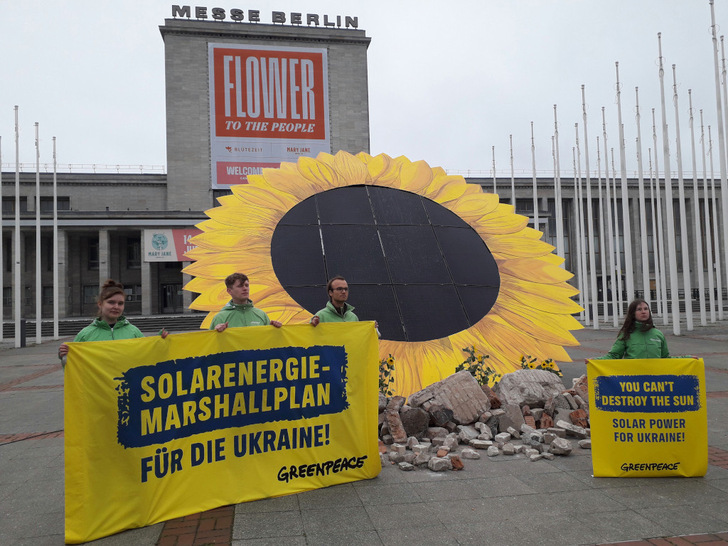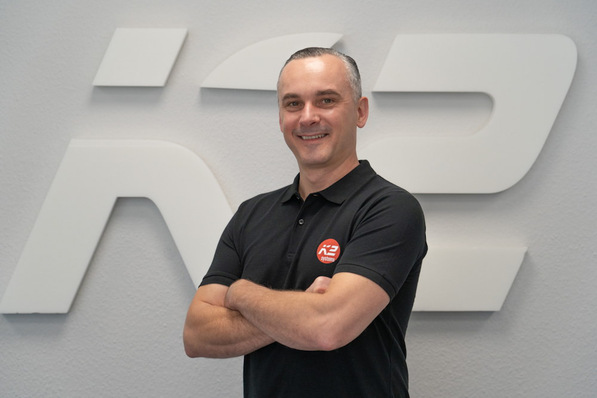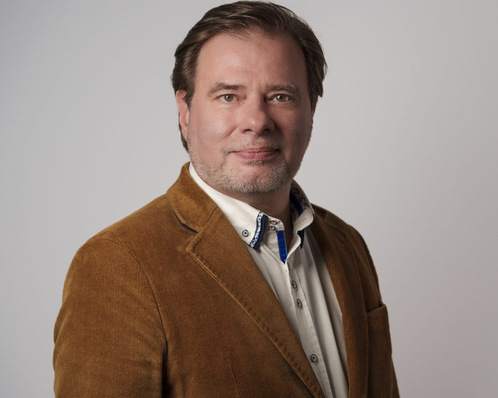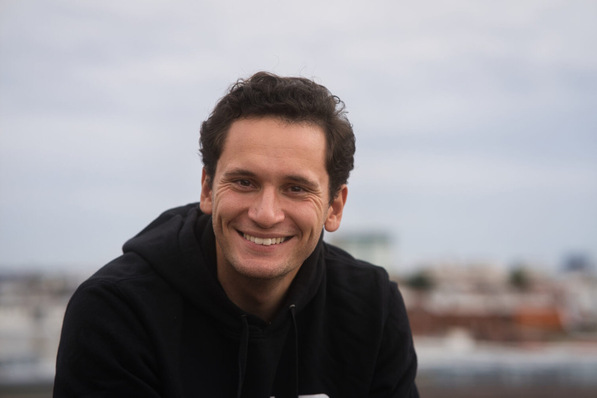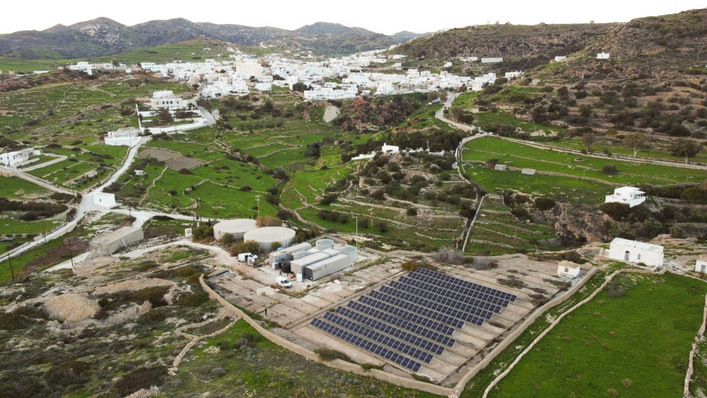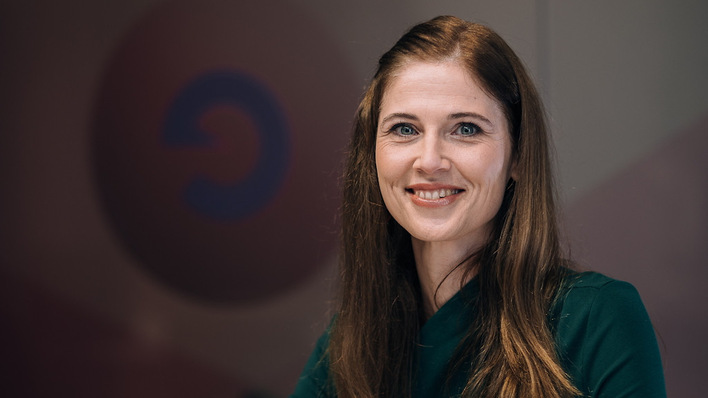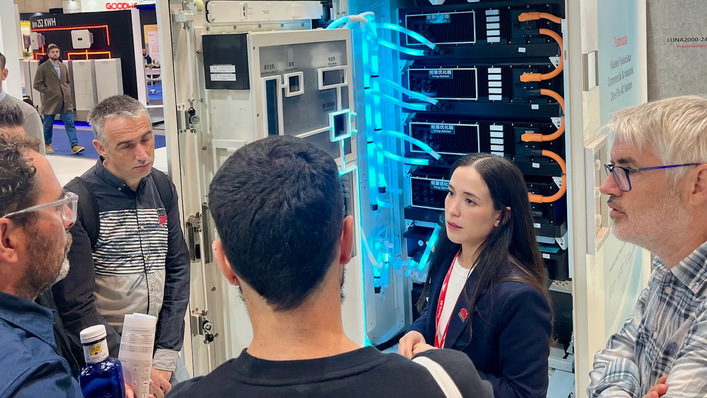The weather in Berlin was grey and wet, but a symbolic burst of sunlight appeared as Greenpeace and the Biohaus Foundation unfurled a solar flower outside the exhibition centre. Inside, the Ukraine Recovery Conference is underway, bringing together international leaders today and tomorrow in support of Ukraine’s reconstruction. Federal Chancellor Olaf Scholz (SPD) welcomed Ukrainian President Volodymyr Selenskyj at the opening of the event.
Marshall plan for solarisation presented
Last weekend, Greenpeace presented a Marshall Plan for the solarisation of Ukraine. The conditions are favourable: there is ample land available, and solar radiation is significantly higher than in Germany, for example.
A hybrid solar station for the Chernihiv Regional Hospital
In addition, Russian aggression has demonstrated the vulnerability of nuclear plants such as the one in Zaporizhzhia. Russian President Vladimir Putin has occupied these facilities and is using them as leverage to pressure Ukraine and its international allies.
Modules for a clinic in Trostyanetz
The solar flower is made up of solar modules that will be transported directly to Ukraine after the campaign and installed on a hospital in the city of Trostyanets. “Modules stored by Greenpeace in Hamburg will also be used for this purpose,” reports Willi Ernst of the Biohaus Foundation. “We are providing a further 50 kilowatts, including inverters and substructures, which are currently stored in Paderborn.”
More solar modules wanted
The Biohaus Foundation will hand over a total of 440 solar panels to the clinic in Trostjanez. “This is a small contribution to support a city that has the courage to lead by example,” says Willi Ernst. “We are still looking for solar systems that we can send to Ukraine as emergency energy aid.”
Civil defence structures used
The shipments to Ukraine are organised through the civil defence structures of the European Union and Poland. “We have an employee in Kiyv,” explains Adam Balogh, head of a task force to support Ukraine. “He makes sure that the solar technology reaches its destination.”
Overcoming the energy crisis
Ukraine’s energy supply plays a decisive role in the country’s resistance against Putin’s forces. This is why power stations, grids and transformers have become favoured targets of Russian air strikes. The centralised power supply, reliant on large power plants, is proving particularly vulnerable. “The Ukraine Recovery Conference should urgently focus on overcoming the energy crisis,” says Martin Kaiser, Managing Director of Greenpeace Germany. “Solar energy is a key to rebuilding Ukraine’s energy supply because it can be expanded easily, more cost-effectively and quickly.”
Green Planet Energy donates solar modules and battery storage systems for Ukraine
Boosting the expansion
Researchers at Berlin Economics have outlined what such a plan could look like: scaling up solar expansion to 3.6 gigawatts of newly installed capacity by 2027 would be both feasible and economically advantageous – five times more than the 0.7 gigawatts currently envisaged in the Ukraine plan.
Incentivising investors
By 2030, Ukraine’s installed solar capacity could rise to 14 gigawatts, up from 5.6 gigawatts today. Targeted measures are needed to attract investment, alongside efforts to stabilise the country’s fragile electricity grid and train more skilled workers to support the energy transition. (HS/MFO)


